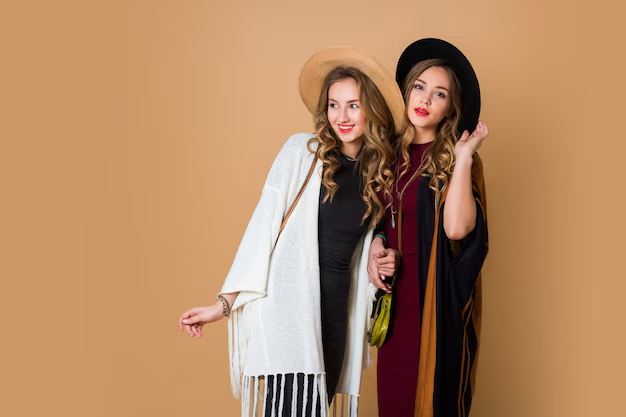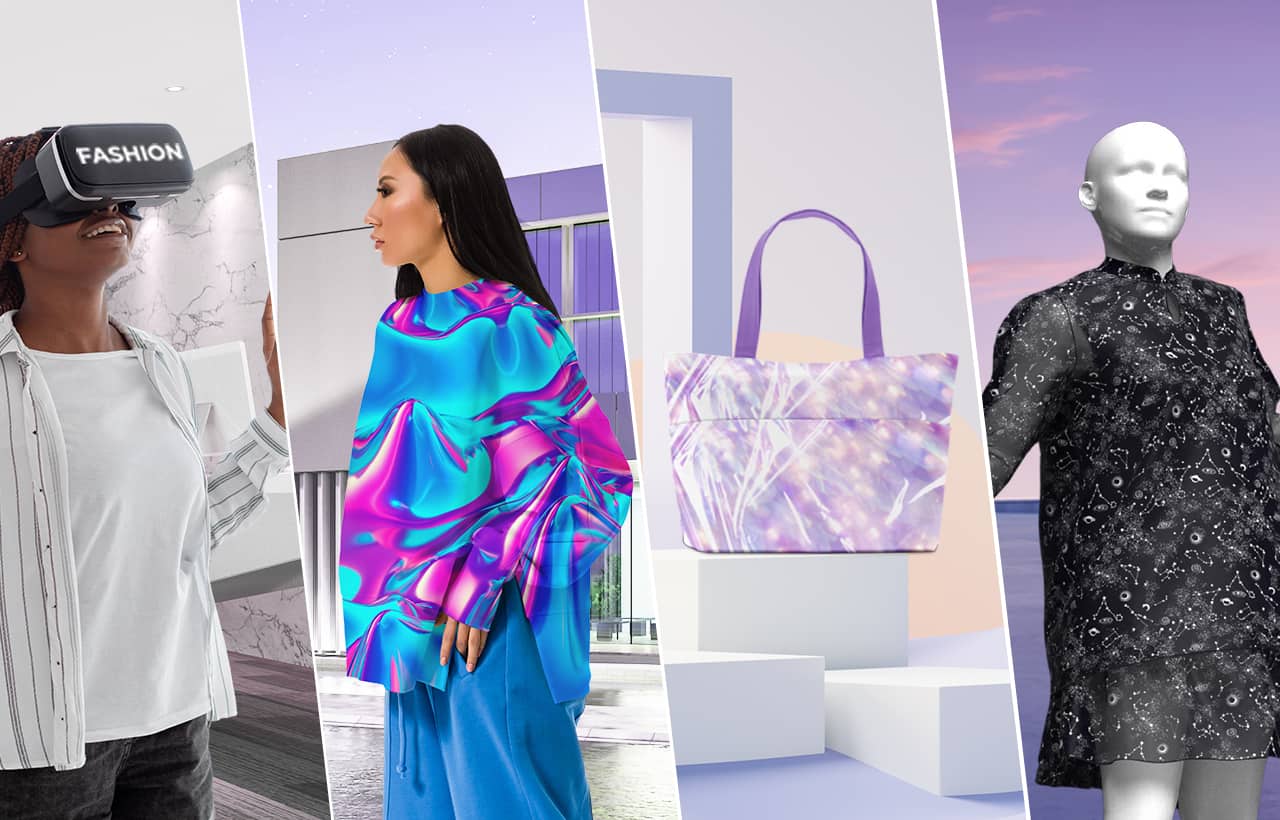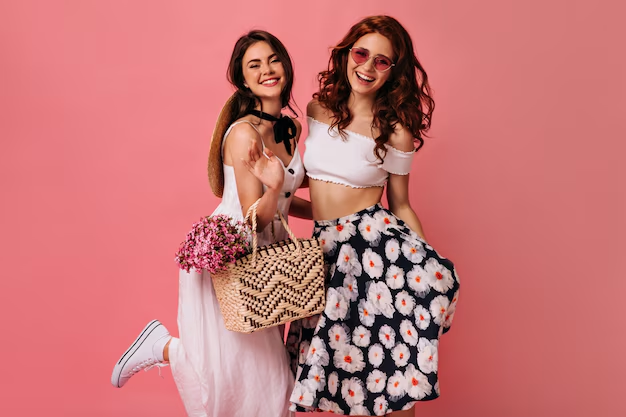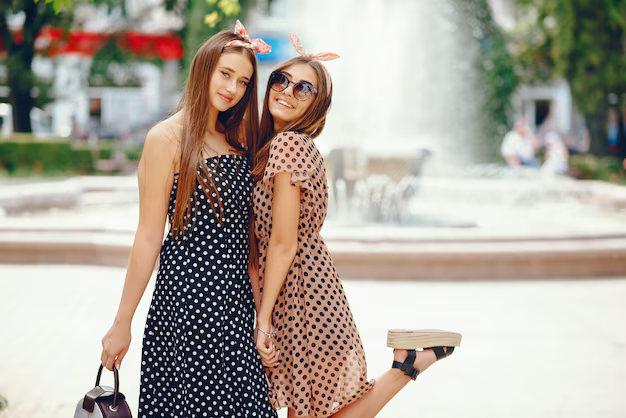In today’s world, fashion is no longer just about following trends or fitting into a predefined mold. It has evolved into a powerful tool for self-expression, and at its core, it celebrates individuality, diversity, and inclusivity. The phrase “Fashion for Every Body” has become a rallying cry, emphasizing that style should be accessible and flattering to everyone, regardless of size, shape, gender, or ability. The fashion industry, which has often been critiqued for its narrow standards, is slowly but steadily embracing the idea that beauty comes in all forms, and so should fashion.
The Rise of Inclusive Fashion
Historically, the fashion industry has been criticized for its limited representation of body types, with runway shows and advertisements predominantly featuring tall, thin models. This has led to the alienation of many individuals who did not see themselves reflected in mainstream fashion. However, over the past decade, significant strides have been made towards promoting body positivity and inclusivity. Designers, brands, and influencers are increasingly showcasing diverse models, featuring a range of sizes, ethnicities, abilities, and genders in their campaigns. This shift represents a broader cultural recognition that beauty is not a one-size-fits-all concept.
Today, inclusivity in fashion means more than just offering extended sizes. It involves acknowledging and celebrating the uniqueness of each individual’s body, identity, and lifestyle. Fashion is about more than fitting a mold – it’s about embracing what makes us different.
Breaking Stereotypes: Fashion and Body Positivity
Body positivity plays a critical role in the movement toward inclusivity in fashion. For many years, the message in fashion was clear: the “ideal” body type was slim, tall, and flawless. This standard not only left out a significant portion of the population but also contributed to harmful beauty standards that many struggled to meet. The rise of the body positivity movement has encouraged people to embrace and love their bodies in all shapes and sizes, challenging the concept of a “universal beauty standard.”
More brands are now producing clothing that not only caters to different body types but also prioritizes comfort and fit over superficial trends. High-fashion houses are becoming more aware of the need for diversity, with runway shows featuring models of varying sizes, ages, and abilities. Additionally, inclusive brands are offering adaptive clothing designed for people with disabilities, further pushing the boundaries of fashion for every body.
The Role of Social Media in Promoting Inclusivity
The rise of social media platforms such as Instagram, TikTok, and Twitter has played a significant role in advancing the conversation around inclusivity in fashion. Social media influencers, bloggers, and everyday individuals are showcasing their personal style and celebrating diversity. By doing so, they are challenging traditional beauty ideals and normalizing the idea that fashion should cater to everyone.
Hashtags like #BodyPositivity, #AllBodiesAreBeautiful, and #InclusiveFashion have empowered individuals to take ownership of their self-image, creating a space where people can freely express their fashion sense without fear of judgment. These online communities have fostered a sense of solidarity, allowing people from all walks of life to connect, share their experiences, and celebrate their uniqueness.
Fashion for All Genders
The concept of inclusivity also extends beyond body types and sizes. Gender inclusivity has become an important part of the evolving fashion narrative. Traditional gender norms have long dictated what is considered “appropriate” clothing for men and women. However, many designers and brands are now embracing gender-neutral and unisex fashion, blurring the lines between masculine and feminine styles.
Gender-fluid clothing and accessories allow individuals to express themselves in a way that aligns with their identity, rather than adhering to outdated societal expectations. This shift in fashion is empowering people to step away from rigid gender roles and wear what makes them feel authentic, comfortable, and confident.
Fashion for Every Ability
Another critical aspect of inclusivity in fashion is accessibility for individuals with disabilities. Adaptive fashion, which is designed specifically to accommodate people with mobility challenges or other physical needs, has gained significant momentum in recent years. Brands are developing clothing lines with features such as easy closures, adjustable fits, and garments designed for wheelchairs, prosthetics, or other assistive devices.
Designers like Tommy Hilfiger and Nike have already introduced adaptive clothing collections, and other major fashion houses are following suit. The goal is to make fashion accessible to everyone, ensuring that all people, regardless of their physical abilities, can participate in and enjoy the world of style.
The Importance of Representation
Representation in fashion is crucial. When people see individuals who look like them on the runway, in advertisements, or on social media, they feel seen, heard, and validated. Representation not only boosts self-esteem but also plays an important role in shaping cultural norms and influencing societal standards of beauty.
Today, inclusive fashion extends beyond just body size or shape. It includes diverse representations of race, ethnicity, gender, age, and ability. By embracing diversity, fashion becomes a reflection of society’s true range of experiences, making it a more powerful, inclusive force in the world.
7 Frequently Asked Questions (FAQs)
- What is inclusive fashion? Inclusive fashion is a movement that seeks to ensure that fashion is accessible and flattering for people of all sizes, body types, genders, ages, and abilities.
- Why is body positivity important in fashion? Body positivity challenges traditional beauty standards and encourages individuals to love and embrace their bodies, regardless of shape or size. It empowers people to feel confident in their clothing choices.
- How can fashion become more inclusive for people with disabilities? Brands are creating adaptive clothing lines with special features like adjustable closures, easy-to-wear designs, and clothing that accommodates mobility aids, such as wheelchairs or prosthetics.
- What does gender-neutral fashion mean? Gender-neutral fashion refers to clothing that is designed to be worn by anyone, regardless of gender. It eliminates traditional distinctions between men’s and women’s clothing, focusing instead on individual style.
- How is social media influencing inclusivity in fashion? Social media platforms have provided a space for people to share their personal fashion choices, celebrate diversity, and challenge traditional beauty standards, creating a more inclusive fashion community.
- Are there plus-size fashion brands? Yes, many fashion brands now offer extended size ranges to cater to plus-size individuals, and some are specifically dedicated to designing stylish, trendy clothing for people of all sizes.
- Why is representation important in the fashion industry? Representation ensures that people of all backgrounds, body types, and abilities see themselves reflected in fashion, promoting self-acceptance and challenging narrow beauty ideals.
Conclusion
Fashion is no longer a realm that excludes; it is a space that celebrates individuality, self-expression, and diversity. As the industry continues to evolve, the importance of inclusivity and body positivity becomes increasingly clear. Fashion for every body means acknowledging that beauty comes in all forms, and that everyone, regardless of size, shape, gender, or ability, deserves to feel confident, stylish, and seen.
Key Takeaways
- Fashion is embracing diversity, with more brands and designers promoting inclusivity for all body types, genders, and abilities.
- Body positivity encourages self-love and challenges traditional beauty standards in favor of embracing one’s natural body.
- Social media has played a significant role in promoting inclusive fashion by providing platforms for diverse voices.
- Adaptive clothing and gender-neutral options are becoming more prevalent, offering a wider range of choices for people with varying needs and identities.




